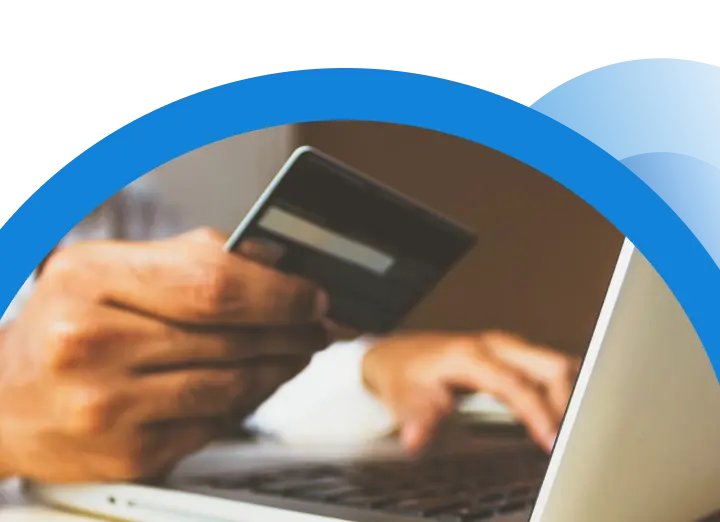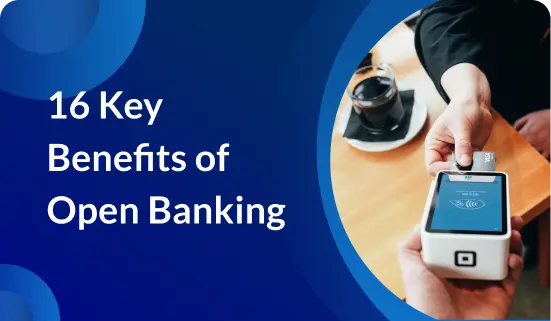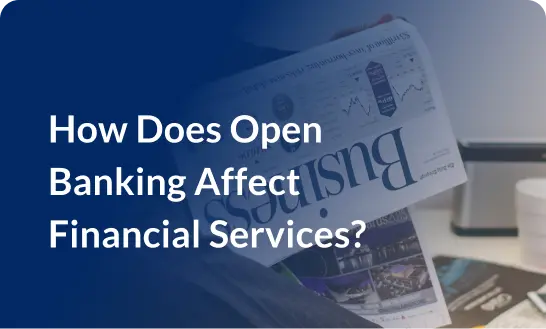Open banking payments are swiftly changing the way Filipinos manage their finances. By allowing users to make direct transactions from their bank accounts through third-party applications, open banking offers a convenient, secure, and cost-effective alternative to traditional payment methods. This new approach not only simplifies the payment process but also enhances security and reduces fees, making it an appealing choice for both consumers and businesses in the Philippines.
In this blog, we’ll explore what open banking payments are and differentiate them from other payment methods.
What are Open Banking Payments?
Open banking payments harness the innovative potential of open banking technology, enabling users in the Philippines to conduct transactions directly from their bank accounts using third-party applications. This modern approach bypasses conventional payment systems such as credit cards, offering a seamless, secure, and efficient payment method.
With the advantages of lower transaction fees and quicker processing times, open banking for payments facilitates a more direct connection between businesses and consumers. This enhances the overall payment experience and promotes financial transparency—an essential benefit of open banking.
In the Philippines, open banking payments are increasingly integrated into everyday financial activities. For example, consumers can use apps to pay utility bills directly from their bank accounts without the need for credit card processing. Local online retailers are adopting open banking solutions to offer customers a smoother checkout experience, where payments are completed with a few clicks directly from their bank, avoiding the hassle of entering credit card details.
By leveraging open banking, Filipino consumers enjoy not only cost savings but also a higher level of security and speed in their transactions, making open banking payments a preferred choice for tech-savvy users and businesses looking to enhance their digital services.
Open Banking Payment Differentiated
As open banking continues to evolve, it’s important to understand how it stands apart from traditional payment methods. Let’s see how open banking compares with card payments, direct debits, and manual bank transfers.
Open Banking vs Card Payments
Credit and debit card payments have been a staple in the financial ecosystem for years. However, open banking payments offer several distinct advantages over card payments.
Aspect: Cost
Card Payments:
Traditional card payments often come with substantial transaction fees for merchants, which can be a significant burden for small businesses.
Open Banking Payments:
Open banking payments typically have lower fees, making them a more economical choice.
Aspect: Security
Card Payments:
Card payments involve sharing sensitive card information, which can be vulnerable to theft and fraud.
Open Banking Payments:
Open banking payments use secure financial APIs to connect directly with banks, minimizing the risk of data breaches and fraud.
Aspect: Transaction Speed
Card Payments:
The process can be slower due to the multiple parties involved in card payment processing.
Open Banking Payments:
The direct connection between banks speeds up the transaction process, reducing the time it takes for funds to be transferred.
Aspect: User Experience
Card Payments:
Customers need to enter long card numbers and CVV codes, which can be cumbersome.
Open Banking Payments:
Customers can complete transactions without entering lengthy card details, making the checkout process quicker and simpler.
| Aspect | Card Payments | Open Banking Payments |
|---|---|---|
| Cost | Traditional card payments often come with substantial transaction fees for merchants, which can be a significant burden for small businesses. | Open banking payments typically have lower fees, making them a more economical choice. |
| Security | Card payments involve sharing sensitive card information, which can be vulnerable to theft and fraud. | Open banking payments use secure financial APIs to connect directly with banks, minimizing the risk of data breaches and fraud. |
| Transaction Speed | The process can be slower due to the multiple parties involved in card payment processing. | The direct connection between banks speeds up the transaction process, reducing the time it takes for funds to be transferred. |
| User Experience | Customers need to enter long card numbers and CVV codes, which can be cumbersome. | Customers can complete transactions without entering lengthy card details, making the checkout process quicker and simpler. |
Open Banking vs Direct Debit
Direct debit is another popular payment method, particularly for recurring transactions like utility bills or subscriptions. However, open banking payments that utilize APIs, like Brankas Direct, offer several advantages that make them a superior choice in many situations.
Aspect: Control
Card Payments:
Customers often have to set up and authorize payments in advance, making it challenging to manage if they want to stop or change a payment.
Open Banking Payments:
Payments are initiated by the consumer at the time of purchase, giving them more control over their finances.
Aspect: Speed
Card Payments:
Transactions can take several days to process.
Open Banking Payments:
Payments are typically completed almost instantly, crucial for businesses relying on cash flow and consumers needing quick processing.
Aspect: Transparency & Security
Card Payments:
Less transparent, with delayed updates and potential security vulnerabilities.
Open Banking Payments:
Each transaction is authenticated using secure methods, providing a clear and immediate record of the payment.
| Aspect | Card Payments | Open Banking Payments |
|---|---|---|
| Control | Customers often have to set up and authorize payments in advance, making it challenging to manage if they want to stop or change a payment. | Payments are initiated by the consumer at the time of purchase, giving them more control over their finances. |
| Speed | Transactions can take several days to process. | Payments are typically completed almost instantly, crucial for businesses relying on cash flow and consumers needing quick processing. |
| Transparency & Security | Less transparent, with delayed updates and potential security vulnerabilities. | Each transaction is authenticated using secure methods, providing a clear and immediate record of the payment. |
Open Banking vs Manual Bank Transfer
Manual bank transfers have long been used for various types of payments, especially in contexts where other payment methods are not available. On the other hand, open banking for payments offers a more sophisticated and user-friendly alternative. For instance, technologies such as Brankas Disburse API allow for instant transfers, providing individuals with unprecedented ease and security.
Aspect: Human Error
Card Payments:
Entering incorrect account numbers or other details can lead to failed transactions or lost funds.
Open Banking Payments:
Automation reduces the likelihood of errors, ensuring funds are transferred correctly and efficiently.
Aspect: Convenience
Card Payments:
Can be cumbersome and time-consuming, often requiring customers to leave the merchant’s website or app to complete the transaction.
Open Banking Payments:
Payments are made directly within the merchant’s platform, creating a seamless and convenient experience.
Aspect: Security
Card Payments:
Involves sharing sensitive banking information over potentially less secure channels.
Open Banking Payments:
Utilizes secure, encrypted connections directly with the bank, offering enhanced security and reducing the risk of fraud.
| Aspect | Card Payments | Open Banking Payments |
|---|---|---|
| Human Error | Entering incorrect account numbers or other details can lead to failed transactions or lost funds. | Automation reduces the likelihood of errors, ensuring funds are transferred correctly and efficiently. |
| Convenience | Can be cumbersome and time-consuming, often requiring customers to leave the merchant’s website or app to complete the transaction. | Payments are made directly within the merchant’s platform, creating a seamless and convenient experience. |
| Security | Involves sharing sensitive banking information over potentially less secure channels. | Utilizes secure, encrypted connections directly with the bank, offering enhanced security and reducing the risk of fraud. |
Embrace the Ease of Open Banking Payments
Open banking payments revolutionize how transactions are conducted, offering enhanced security, lower costs, and greater convenience compared to traditional payment methods. Whether compared to card payments, direct debits, or manual transfers, open banking offers compelling advantages that align well with the needs of modern consumers and businesses.
Advance into the future of financial transactions and consider utilizing open banking solutions to experience a smoother, faster, and more secure way to manage your and your customer’s money.










